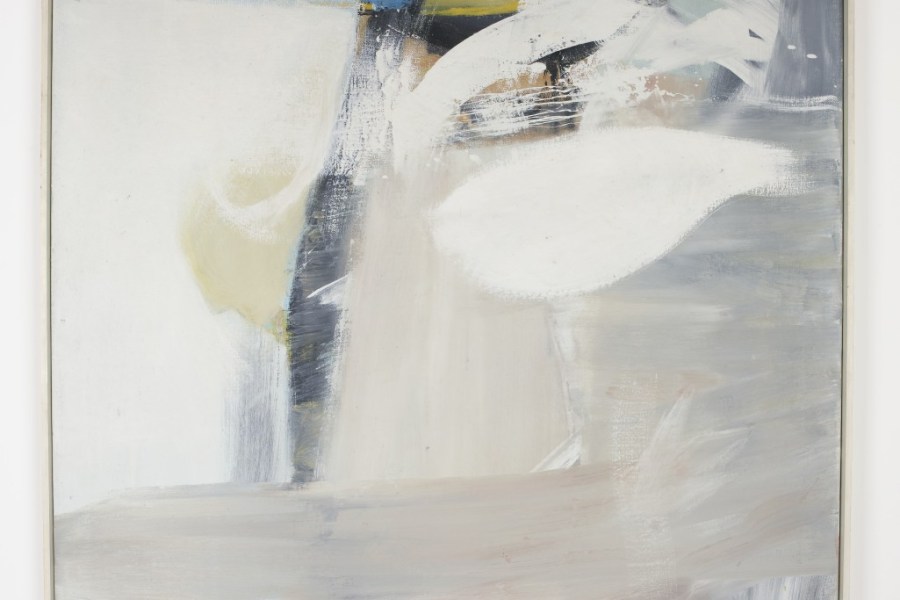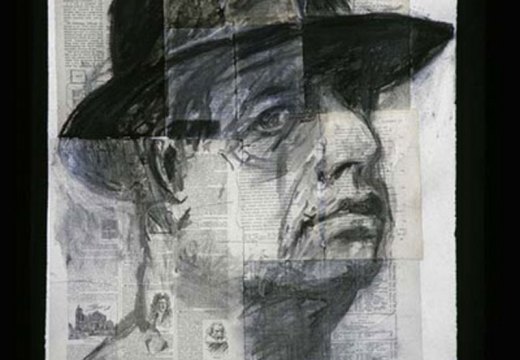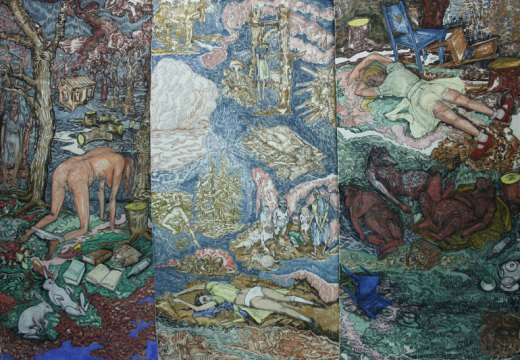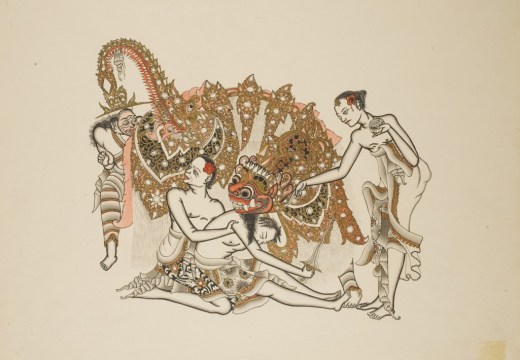From the January issue of Apollo: preview and subscribe here
During the war, the great art museums of London were closed, but my interest in painting was brought to life by the amazing Picasso and Matisse exhibition at the Victoria and Albert Museum at the end of 1945. I was 17 and wanted to see more. I discovered that the most advanced British art was to be found in the dealers’ galleries around Bond Street. Here I found Henry Moore and Graham Sutherland, Paul Nash and John Piper, Ivon Hitchens and Victor Pasmore. I loved these artists, and thought highly of the British school, but I also wanted to find the latest and the newest painting. This was being done by the ‘neo-Romantics’ John Minton and Keith Vaughan, John Craxton, Lucian Freud, and the two Roberts (Colquhoun and MacBryde).
I was out of London from late 1946 to 1950, and my interest in modern art was on hold. When I arrived at Downing College, Cambridge for the Michaelmas term of 1950, I brought with me my first major acquisition and my 21st birthday present: Village, a 1949 lithograph by Keith Vaughan. This hung prominently in my Downing rooms. I would also frequently retreat to the Fitzwilliam Museum to look at pictures.
I had a sudden change of heart at the end of my three years at Cambridge. Instead of writing a doctoral thesis on the novels of Émile Zola, I went to the Courtauld Institute for a postgraduate course; Anthony Blunt was its director. I found the study of art history totally absorbing. Everyone spent the first year studying Renaissance painting and a special period in the second year. I chose ‘modern art’ (French painting from David to Picasso), then taught by Blunt himself. (I was to return to the Courtauld in 1957 to teach this period.)
The late 1950s were a wonderful moment for modern art when suddenly the long shadow of the war years lifted and everything began to change. The expectation had been that the next major development would take place in Paris, as had been the case for over a hundred years. But this was not to be.
Something closer to the truth emerged between 1956 and 1959, the dates of two major exhibitions of American painting at the Tate Gallery. Paris had lost its ascendancy. It also became clear that the British view in the early ’50s that there was no future in abstract art was completely mistaken. On the contrary all kinds of abstract art, from painterly to constructivist, were possible. It was a very exciting moment and I was converted.
It was then that I came across the work of Peter Lanyon, who was making abstract paintings that reflected his immersion within the landscapes and histories of West Cornwall. Though he had become antagonistic to ‘outsiders’ like Ben Nicholson and Barbara Hepworth, we immediately became close friends. I was to write about Peter’s paintings and I think I saw most of the pictures he completed until his untimely death in 1964. Visiting St Ives regularly from 1956, I also became better acquainted with the paintings of Terry Frost, Patrick Heron, Roger Hilton, William Scott, and Bryan Wynter, who worked there either permanently or during the summer months.
London was another scene of intense artistic activity, which included new dealers (Gimpel Fils, Erica Brausen, Robert Fraser, John Kasmin), writers and artists. At the Royal College of Art alone there were three remarkable generations of postgraduate students who attended in quick succession but were very different: first Frank Auerbach, Bridget Riley, and Joe Tilson; then Peter Blake, Robyn Denny, and Richard Smith; followed by David Hockney, Allen Jones, R.B. Kitaj, Derek Boshier, and Patrick Caulfield. I included all of these artists in two major exhibitions I curated at the Tate Gallery. The first, with Lawrence Gowing, was ‘54/64: Painting and Sculpture of a Decade’ (1964) and the second, ‘Recent British Painting: the Stuyvesant Collection’, came in 1967. ‘Generation Painting’ includes major works by Alan Davie, Terry Frost, Patrick Heron, Roger Hilton, Allen Jones, Peter Lanyon, William Scott, and Richard Smith, made between 1955 and 1965. I hope that it will provide an opportunity for the public and students to see afresh the optimism with which British painters were approaching the possibilities of painting at this time.
‘Generation Painting 1955–65: British Art from the Collection of Sir Alan Bowness’ runs from 6 February 2016 to 22 May 2016 at the Heong Gallery, Downing College, Cambridge.
Click here to buy the latest issue of Apollo
Unlimited access from just $16 every 3 months
Subscribe to get unlimited and exclusive access to the top art stories, interviews and exhibition reviews.














![Masterpiece [Re]discovery 2022. Photo: Ben Fisher Photography, courtesy of Masterpiece London](http://www.apollo-magazine.com/wp-content/uploads/2022/07/MPL2022_4263.jpg)
It’s time for the government of London to return to its rightful home